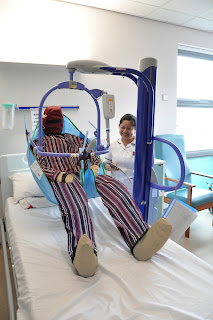The strength of rescue slings can vary based on their design, material, and intended use. Rescue slings are commonly made from strong and durable materials such as nylon, polyester, or Dyneema. The strength of a rescue sling is typically measured in terms of its breaking strength or tensile strength, which is the maximum load the sling can withstand before breaking.
Here are some general guidelines regarding the strength of rescue slings:
1. **Nylon Slings:**
- Nylon is a common material for rescue slings.
- Breaking strengths for nylon slings can range from a few thousand pounds to over 10,000 pounds (lbs), depending on the specific type and construction.
2. **Polyester Slings:**
- Polyester is another material used for rescue slings.
- Similar to nylon, breaking strengths for polyester slings can vary but generally fall within a similar range.
3. **Dyneema Slings:**
- Dyneema is a high-strength synthetic fiber that is often used in slings for its excellent strength-to-weight ratio.
- Dyneema slings can have breaking strengths that rival or exceed those of steel cables. -Dyneema Slings have a lower melt point that slings using nylon or polyester materials.
4. **Steel Cable Slings:**
- Some rescue slings may be made of steel cable or wire rope for increased strength.
- Breaking strengths for steel cable slings can be very high, often in the tens of thousands of pounds.
It's important to note that the actual strength required for a rescue sling depends on the intended application. Different scenarios, such as rock climbing, industrial work, or water rescue, may have different strength requirements. Always follow the manufacturer's recommendations and guidelines for proper use and limitations of a specific rescue sling.
When comparing rescue slings, consider factors such as material, construction, breaking strength, and any certifications or standards they adhere to. Additionally, consulting with experts or professionals in the field can provide valuable insights into the best choice for a particular application.
See a selection of rescue slings here: https://www.rescuetech1.com/slinglanyard.aspx








